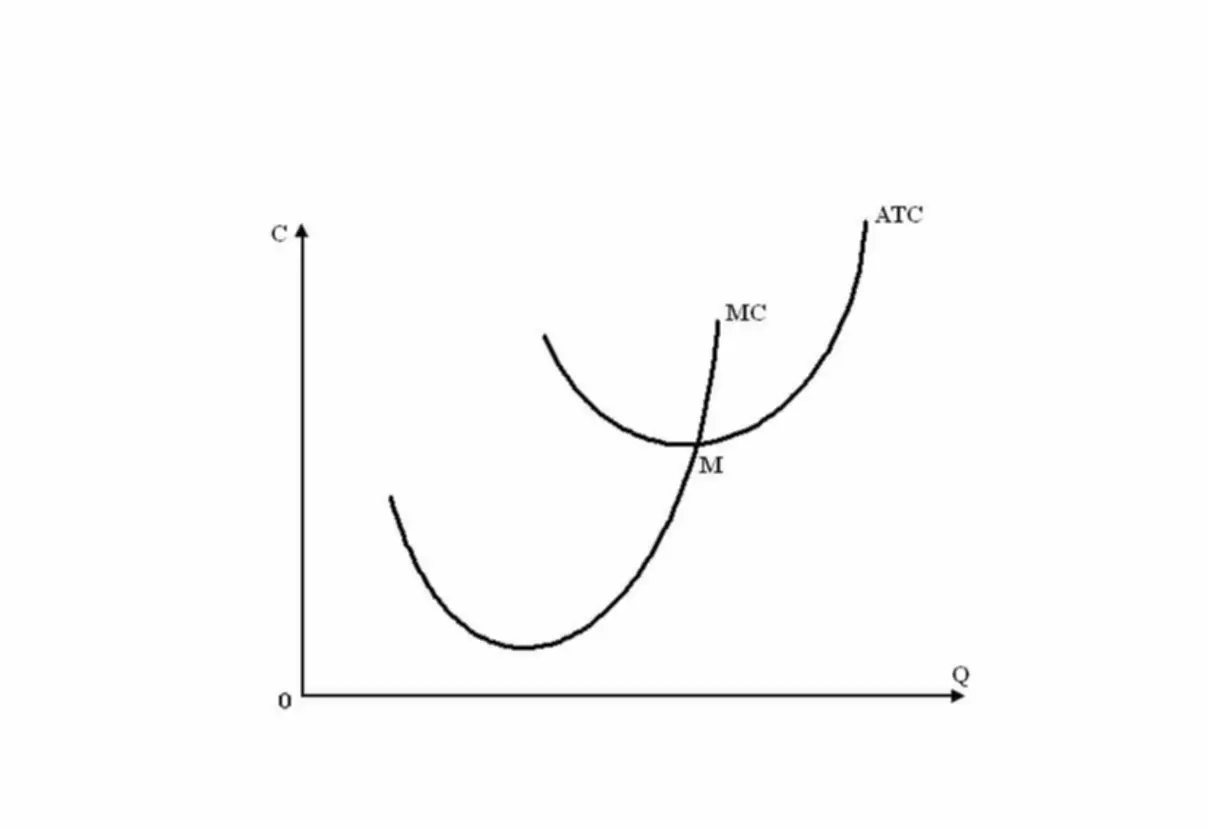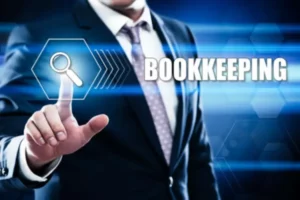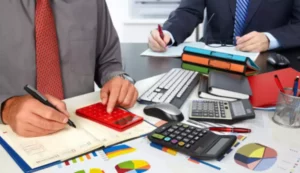Beginners’ Guide to Financial Statement
Content
- Accounting 101: Accounting Basics for Beginners to Learn
- Liabilities and shareholder’s equity
- What Are Assets and Liabilities on a Balance Sheet?
- How to Prepare Your Business’s Balance Sheet
- Compare total assets against liability and equity.
- Does a Balance Sheet Always Balance?
- Limitations of the Balance Sheet

As such, the balance sheet is divided into two sides (or sections). The left side of the balance sheet outlines all of a company’s assets. On the right side, the balance sheet outlines the company’s liabilities and shareholders’ equity. Toggl’s balance sheet template gives an overview of your balances in one single view.
The balance sheet items can be broadly divided into current assets, non-current assets, current liabilities, non-current liabilities, and shareholders’ equity. Typically, the balance sheet places assets on the left and liabilities on the right. Further, when preparing a balance sheet, it is customary to place assets in decreasing order of liquidity, followed by liabilities, and then equity. Think of assets and liabilities as two sides of the same coin—or, in accounting terms, two sides of the same balance sheet. A balance sheet is a financial document that gives a snapshot of your company’s financial health at a given moment.
Accounting 101: Accounting Basics for Beginners to Learn
On the left side of the balance sheet, companies list their assets. On the right side, they list their liabilities and shareholders’ equity. Sometimes balance sheets show assets at the top, followed by liabilities, with shareholders’ equity balance sheet basics at the bottom. In accounting, every financial transaction is recorded by two entries on the company’s books. These two transactions are called a “debit” and a “credit,” and together, they form the foundation of modern accounting.
- In conjunction with other sources of information, it can also provide business managers and investors a picture of the company’s efficiency and rates of return on equity and assets.
- Whether you are a business owner, employee, or investor, understanding the numbers in a Balance Sheet is a fundamental skill to acquire.
- For a balance sheet, using financial ratios (like the debt-to-equity (D/E) ratio) can provide a good sense of the company’s financial condition, along with its operational efficiency.
- Get stock recommendations, portfolio guidance, and more from The Motley Fool’s premium services.
- You might take out a small business loan (a liability) to purchase the software (an asset).
Unlike liabilities, equity is not a fixed amount with a fixed interest rate. Everything listed is an item that the company has control over and can use to run the business. Each category consists of several smaller accounts that break down the specifics of a company’s finances. These accounts vary widely by industry, and the same terms can have different implications depending on the nature of the business.
Liabilities and shareholder’s equity
Non-current assets also can be intangible assets, such as goodwill, patents, or copyrights. While these assets are not physical in nature, they are often the resources that can make or break a company—the value of a brand name, for instance, should not be underestimated. Current assets have a lifespan of one year or less, meaning they can be converted easily into cash. Such asset classes include cash and cash equivalents, accounts receivable, and inventory.

You can gain valuable insights into ABC Corporation by looking at its Balance Sheet. The Balance Sheet will not give you an in-depth answer, but it will guide you toward asking the right questions. You can browse through Note 7, which you can find in ABC Corporation’s Balance Sheet, and see a more detailed breakdown into inventory classes.
What Are Assets and Liabilities on a Balance Sheet?
Explore our eight-week online course Financial Accounting—one of our online finance and accounting courses—to learn the key financial concepts you need to understand business performance and potential. A balance sheet is one of the primary statements used to determine the net worth of a company and get a quick overview of its financial health. The ability to read and understand a balance sheet is a crucial skill for anyone involved in business, but it’s one that many people lack. A company can use its balance sheet to craft internal decisions, though the information presented is usually not as helpful as an income statement. A company may look at its balance sheet to measure risk, make sure it has enough cash on hand, and evaluate how it wants to raise more capital (through debt or equity). The statement of Financial Position represents information about a company as of a certain date, so it may be hard to assess the financial health of a business on its data alone.

The company uses this account when it reports sales of goods, generally under cost of goods sold in the income statement. On the balance sheet, assets equal liabilities plus shareholders’ equity. You’ll want your balance sheet to include this calculation to provide insights into your financials. As you can see from the balance sheet above, Walmart had a large cash position of $14.76 billion in 2022, and inventories valued at over $56.5 billion. This reflects the fact that Walmart is a big-box retailer with its many stores and online fulfillment centers stocked with thousands of items ready for sale.
How to Prepare Your Business’s Balance Sheet
An income statement assesses the profit or loss of a business over a period of time. A balance sheet shows the financial position of the business at a specific point in time. The balance sheet is the cornerstone of a company’s financial statements, providing a snapshot of its financial position at a certain point in time. There are several issues with the balance sheet that one should be aware of. A second issue is that some information in the report is subject to manipulation.
